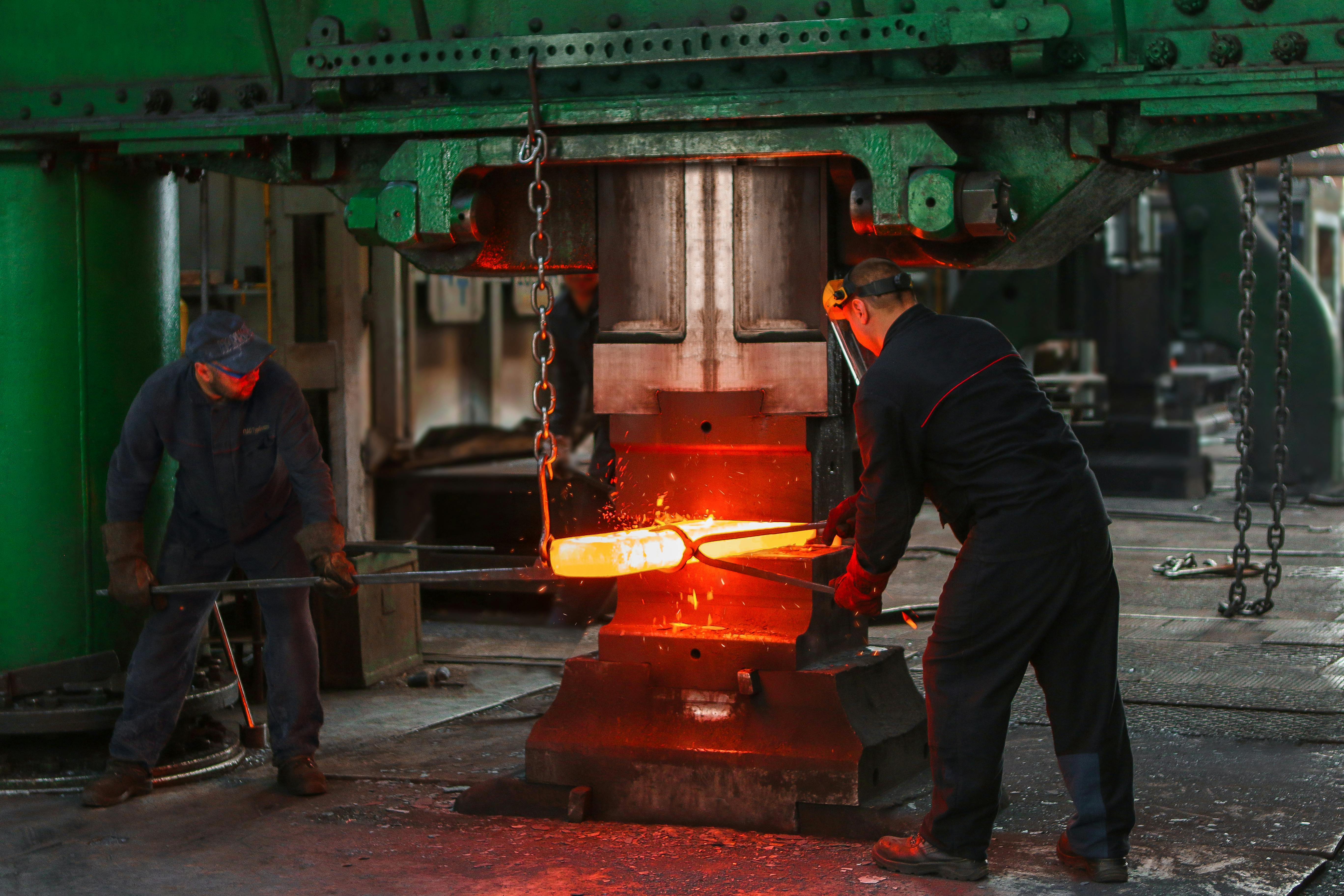
Do you know the difference between good and bad water quality in your waterfall pond?
The goal of your pond should not be a “clean” and “clear” pond. If it is too sterile it is not good for the fish. I’m not saying it should be so cloudy that you can’t see the fish. I’m just saying it shouldn’t be as clean as the floors and windows in your house. Normally, the correct filtration system will keep your pond levels where they should be if you do occasional water changes, feed your fish properly by not giving them too much food, and if you don’t have more fish than your pond should hold.
Ammonia levels are directly related to the amount of food, fish waste, and decaying matter in the pond. This can become toxic to your fish. Pay attention to your fish and they will tell you there is a problem. If the ammonia levels are too high, it will make the fish look like they are bleeding and cause excess mucus. The fish will become lethargic, stop eating, and may develop flashes.
Nitrite is formed when bacteria process ammonia. Nitrite is known as the invisible killer. Nitrites cannot be seen, but they can damage your Koi’s liver, spleen, kidneys, and nervous system. Your fish will usually show the problem through their gills. The gills do not lie flat against the Koi’s body and the gills appear to be rolled up on the edge. Fish that are exposed to low levels of nitrite for a long time will suffer damage to their immune systems. If left untreated, the fish die from a secondary disease or from lack of oxygen.
Nitrates are not as toxic as nitrites. They are produced by bacteria that combine oxygen and nitrite. This can be the silent killer because it is usually not monitored by the average pond owner. When the levels are too high, it will cause ulcer disease and death.
Tracking the steps in the nitrogen cycle is very important to the health of your Koi. Acceptable levels are listed below.
• The ideal ammonia reading would be zero. Koi can tolerate an ammonia level of 1 ppm (parts per million) at a temperature of 70 degrees for a day or two if the pH level is 7-10. The higher levels are dangerous.
• A pH level is the measure of hydrogen ions in the water. A normal reading is 7-8.5. Acceptable could be in the range of 6-9. Readings above 9 can cause kidney disease if left untreated.
• Nitrite levels must be zero. Readings may increase when a lot of fish is added or when temperatures rise. The activity of the fish can increase faster than the activity of the bacteria.
• Nitrate levels will be 50 to 100 ppm. The acceptable range is up to 200 ppm, but less than 100 is best.
I can’t say it enough times; you control the levels in your pond. There are 3 main things you will need to do to avoid problems. First you need to make sure you don’t have too many fish in your pond. Too many fish will create too much waste for the filter system than anticipated. The second thing is to make sure that you have purchased a large enough filter for your pond. Third, don’t overfeed your Koi and remove any food they don’t eat. Also remove any debris that is at the bottom of your pond.